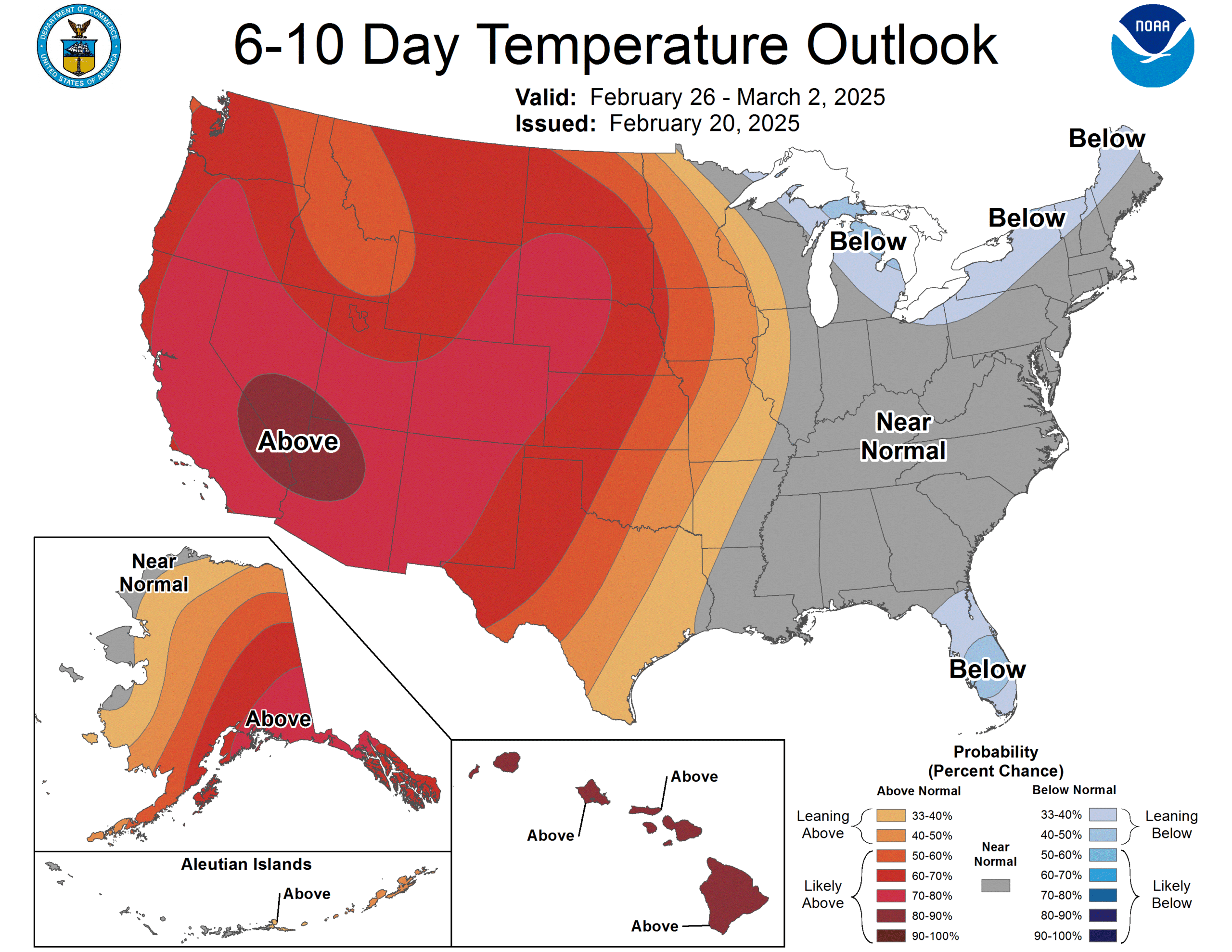
Spring Fever: A Respite from Winter’s Grip
After enduring a relentless onslaught of below-average temperatures, much of the United States is poised for a welcome warming trend this weekend. AccuWeather meteorologist Alex Sosnowski anticipates a shift towards milder to warmer conditions across the central and eastern regions of the country.
A Glimpse of Spring-Like Warmth
The upcoming week promises to deliver a taste of spring for many Americans. "We get a break from polar air over Lower 48 by this weekend into next week as warmer Pacific subtropical air finally displaces the Arctic cold dome," explains meteorologist Ryan Maue.
This respite will bring relief from the dangerous cold that has gripped the nation in recent weeks. Above-average temperatures will dominate much of the U.S. by Sunday, melting snow and providing a reprieve from the bone-chilling cold.
Drastic Temperature Swings
The transition from frigid temperatures to milder conditions will be particularly pronounced in certain areas. Valentine, Nebraska, for example, is expected to experience a remarkable swing from 33 degrees below zero on Thursday morning to near 60 degrees on Monday afternoon, an astonishing difference of 93 degrees.
Similar temperature fluctuations, ranging from 60-75 degrees, are forecast throughout Kansas, Oklahoma, and Texas.
Widespread Warming
By next Tuesday, an estimated 249 million Americans will bask in above-average temperatures. Temperatures are projected to reach at least the 50s in 42 out of the 48 contiguous states, with the South experiencing a surge into the 60s, 70s, and even 80s.
Furthermore, locations west of the Mississippi River will also warm significantly, with temperatures exceeding normal by 10 to 25 degrees. The Desert Southwest will witness temperatures surpassing 90 degrees by Tuesday.
Temporary Respite
While the East will also experience above-normal temperatures early to mid week, the warmth is expected to diminish later in the week.
Threats Accompanying the Warmth
The combination of warmth and rain in the northwestern U.S. raises concerns about snowmelt, potential flooding, and ice jams. Excessive runoff may inundate creeks, streams, and low-lying areas. Creeks and streams may overflow their banks, leading to flooding in poor drainage and urban areas.
Rock and mudslides pose an additional hazard in areas with steep terrain.
Cautious Optimism
Forecasters caution that the respite from the cold may not be long-lasting. Signs indicate that the polar vortex or polar jet stream could shift again at the end of February and into early March, potentially ushering in another round of colder air into the Lower 48 states.
"It looks like there will be more sharp cold snaps in early March – a temperature roller coaster!," warns meteorologist Ben Noll.
